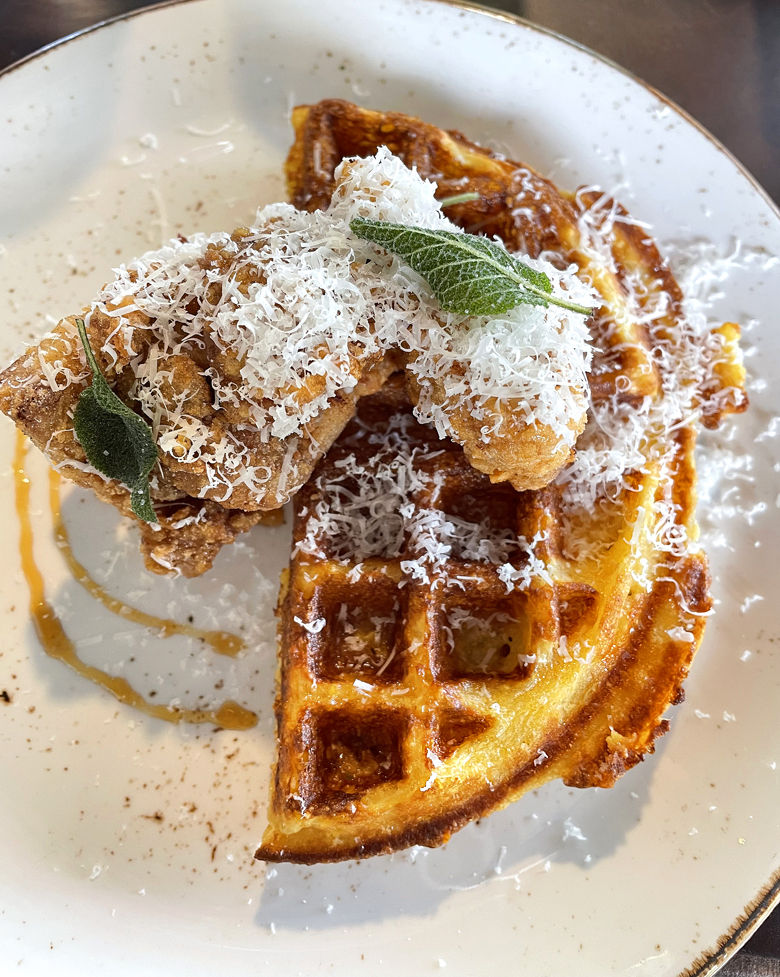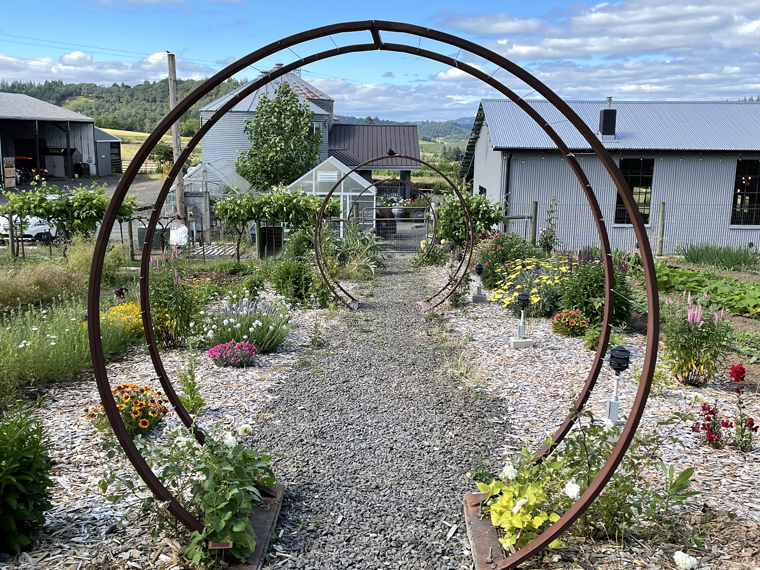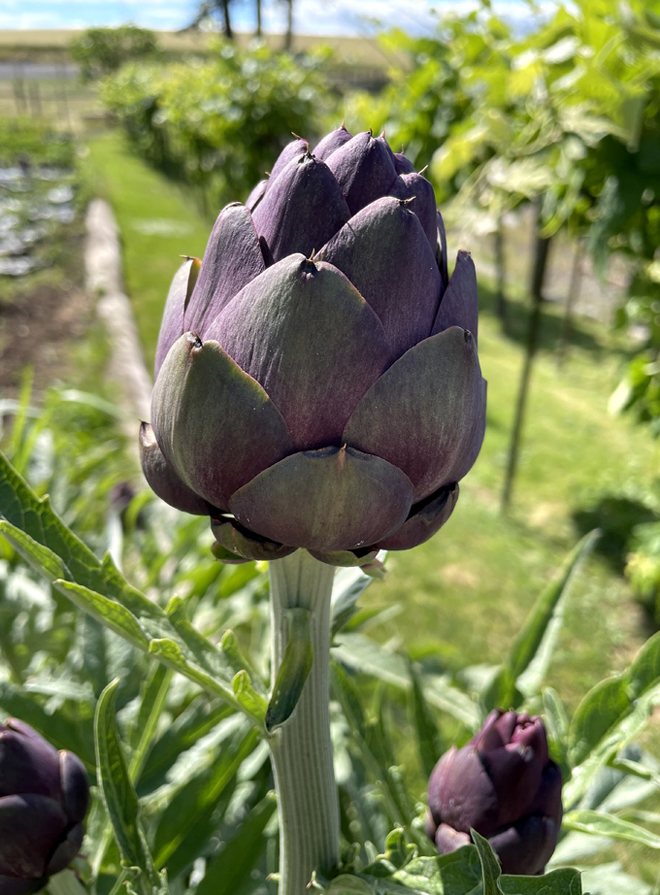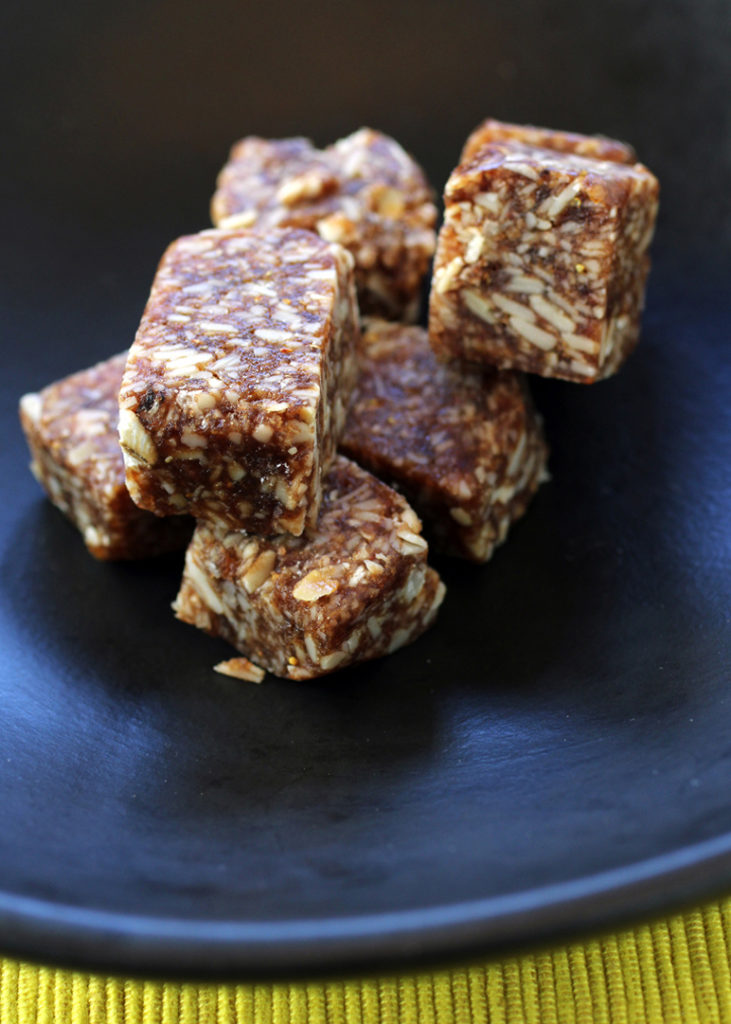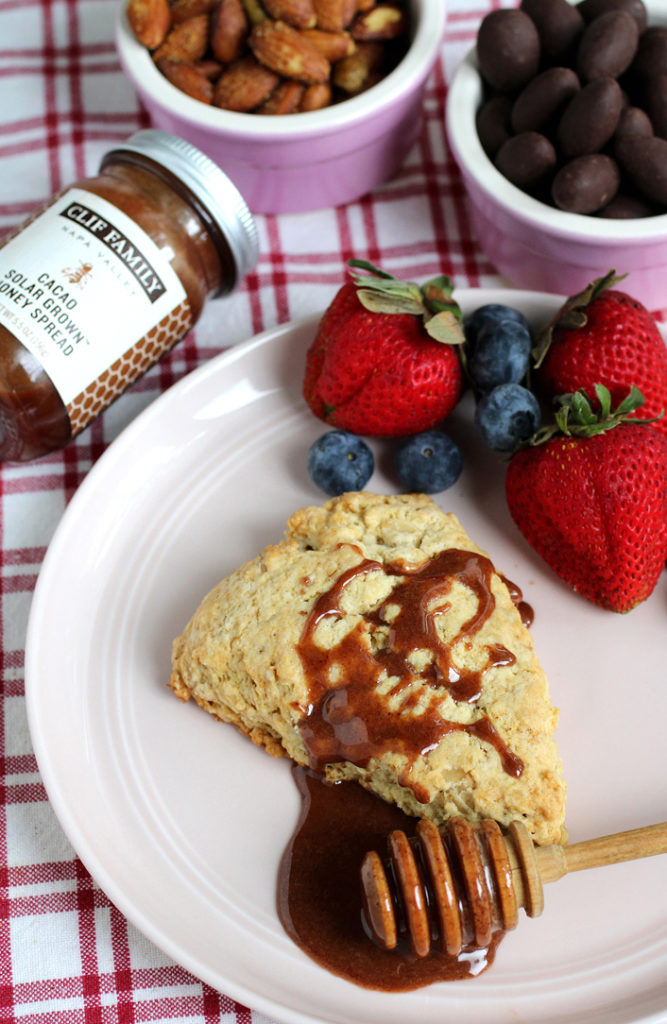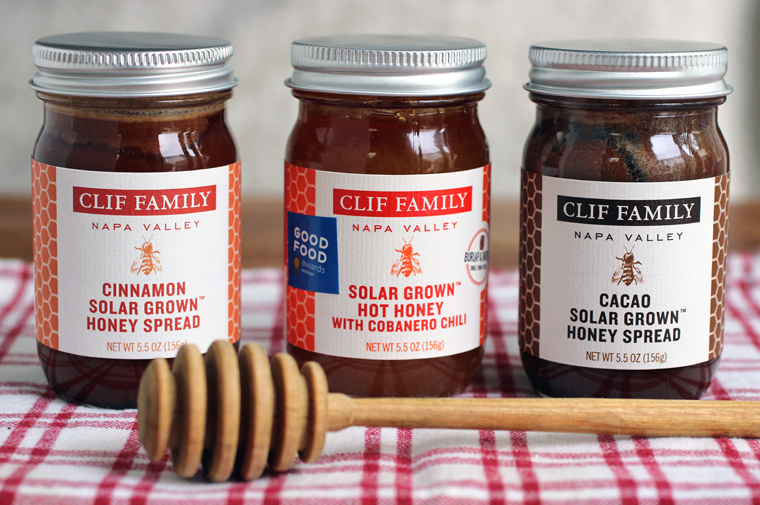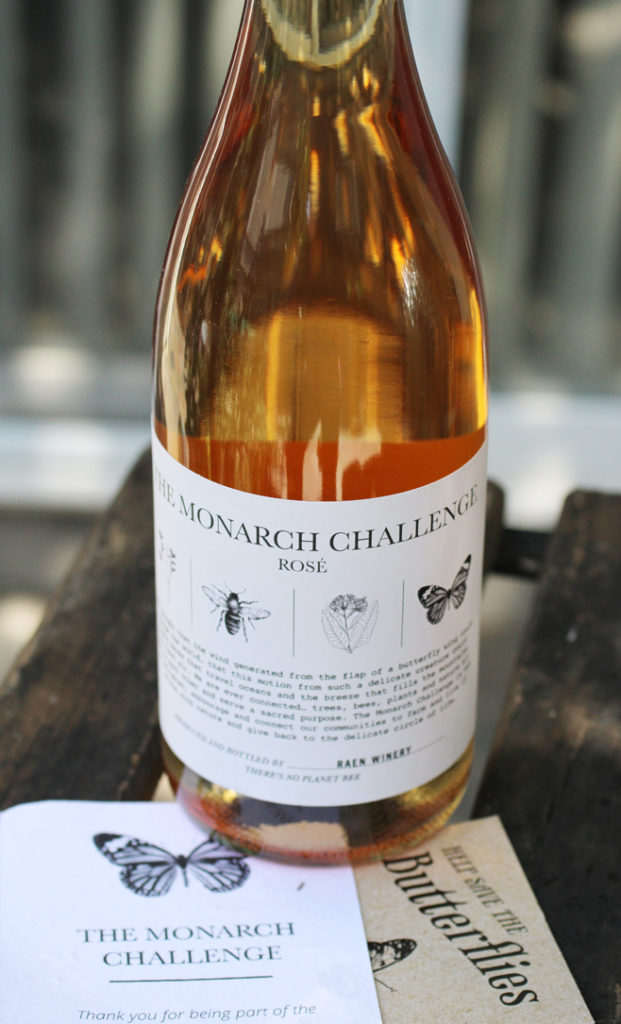Where I’ve Been Getting Takeout of Late: Santana Row Farmers Market
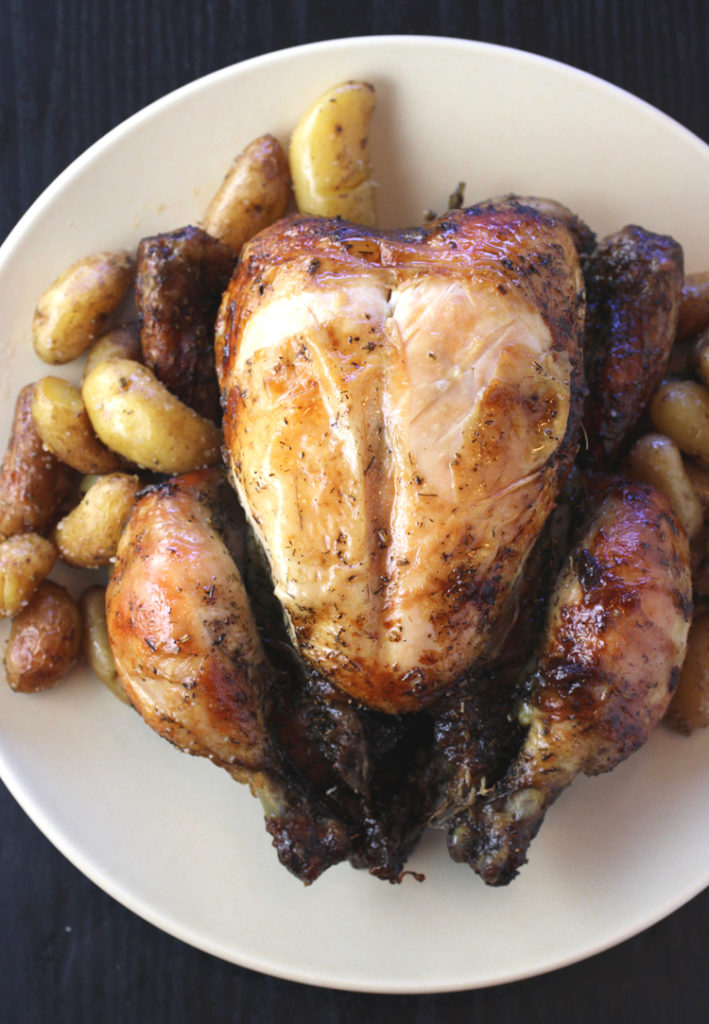
It’s not big, but it’s mighty — as in good.
That’s what the farmers market at San Jose’s Santana Row is — all one block of it on the main drag between Olin Avenue and Olsen Drive), with vendors on both sides plying fresh produce, flowers, and gourmet prepared foods.
The market, Wednesdays from 4 p.m. to 8 p.m., is seasonal. So, if you want to check it out, you have until the end of this month before it’s gone until next year.
Because it’s an evening market, it’s an ideal place to pick up dinner or the fixings for it. Just follow your nose to find the Roli Roti truck parked in the center of the Row with spinning rotisseries packed with whole chickens and sides of ribs.
Just be warned that on a hot day before sunset, this truck is parked in full sun with heat radiating off the rotisseries, so bring a hat and a cool drink as you wait in line, as there almost always is one.
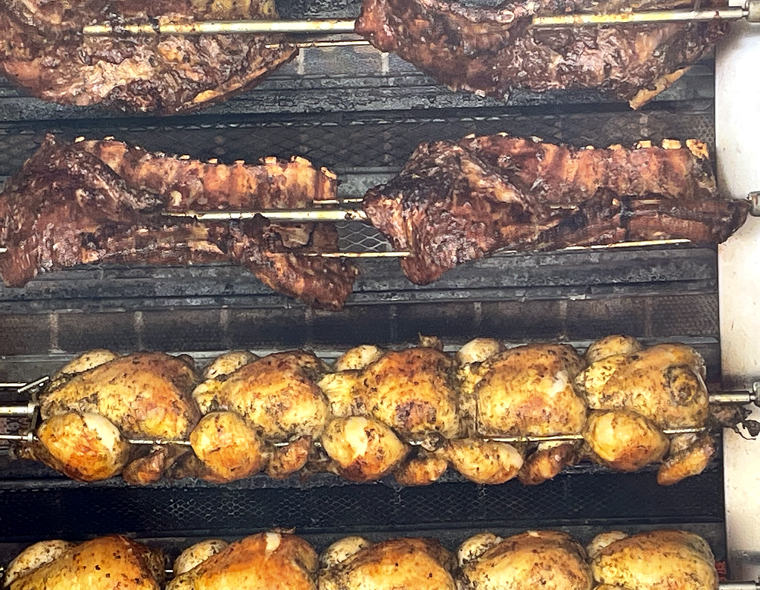

Who can blame people for flocking here when the rosemary-flecked chicken is so juicy, bronzed, and succulent that you barely need a knife. A whole chicken ($15.50) gets wrapped up hot off the rotisserie, ensuring it will still be warm by the time you dive into it at home.
Read more
